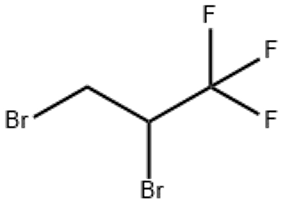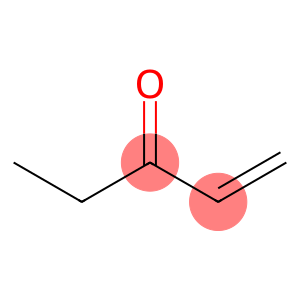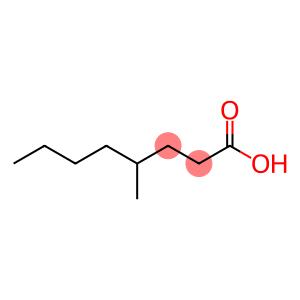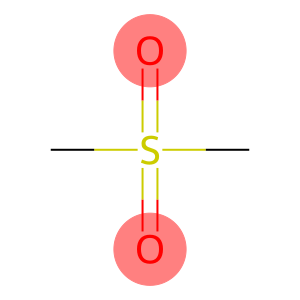1 2-Dibromo-3 3 3-trifluoropropane(CAS# 431-21-0)
| Hazard Symbols | Xi – Irritant |
| Risk Codes | 36/37/38 – Irritating to eyes, respiratory system and skin. |
| Safety Description | S26 – In case of contact with eyes, rinse immediately with plenty of water and seek medical advice. S36 – Wear suitable protective clothing. |
| Hazard Class | IRRITANT |
Introduction
1,2-Dibromo-3,3,3-trifluoropropane is an organic compound. The following is an introduction to its nature, use, preparation method and safety information:
It is insoluble in water at room temperature, but soluble in organic solvents such as ethanol, ether, etc. It has good chemical stability and is not easy to react with other substances at room temperature.
Uses: 1,2-Dibromo-3,3,3-trifluoropropane is often used as an intermediate of haloalkanes in industry. It has high ionization energy and polarity and can be used in the preparation of fluorinated organic compounds and heterocyclic compounds.
Preparation method: 1,2-dibromo-3,3,3-trifluoropropane is generally prepared by chemical synthesis. A common method is to react 1,1,1-trifluoropropane with bromine under appropriate reaction conditions to obtain the target product. The specific preparation methods can include gas phase method, liquid phase method and solid phase method.
Safety Information: 1,2-Dibromo-3,3,3-trifluoropropane is a relatively safe compound under normal operating conditions. As a chemical, it is still potentially dangerous. Exposure to the compound may cause irritating reactions, such as eye, skin, and respiratory irritation. Wear appropriate protective equipment when in use, ensure adequate ventilation, and avoid direct contact and inhalation. During storage and handling, care should be taken to avoid contact with strong oxidants, strong acids and other substances to prevent chemical reactions. If there is an accidental leak, appropriate protective measures should be taken to clean it up.








